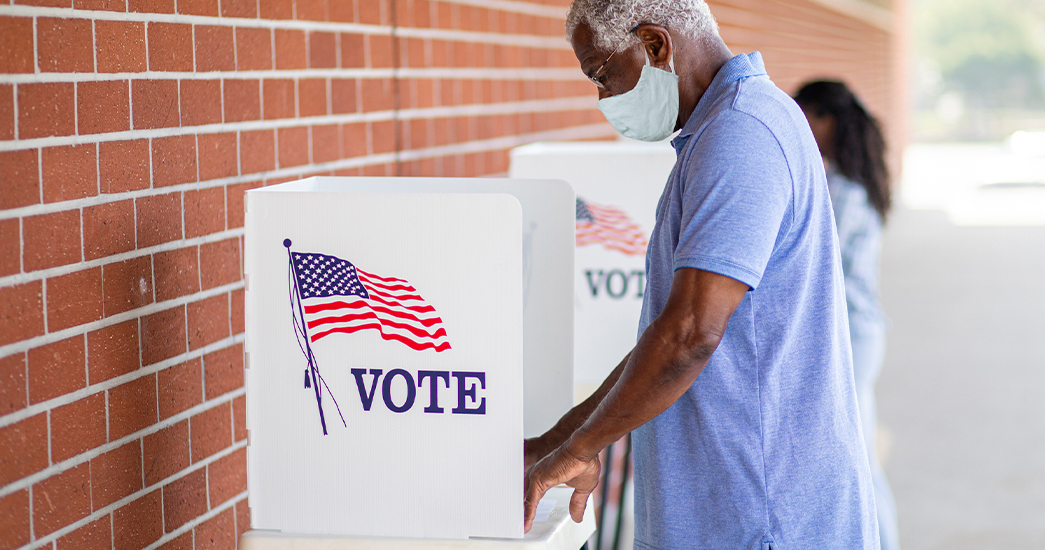
Published September 2019
The outcome of the 2020 presidential election will not only make news, but it may influence the future of health care — no matter which candidate claims victory. From payments to policies, to prescriptions and the ongoing rising cost of care, health care is one of the hottest items on every candidate’s ticket, with each proposing a distinct approach to keeping Americans healthy and costs down.
For Democratic candidates, the conversation has centered around Medicare expansion or strengthening of the Affordable Care Act (ACA). So, what do all of these health care proposals really mean? And what are the implications for consumers, the employers who offer them their insurance benefits, and the brokers who guide them through the decision?
We’ve defined each model at a high level:
 Reduce the Uninsured Population and Increase Affordability of Health Care by Expanding the Affordable Care Act
Reduce the Uninsured Population and Increase Affordability of Health Care by Expanding the Affordable Care Act
With over 20 million people able to gain insurance through the ACA, both through the creation of public exchanges and the expansion of Medicaid, some think it’s the right direction to ensure that the insured population continues to grow. The ACA created subsidies to reduce monthly premiums and out-of-pocket costs for lower income consumers purchasing coverage through the Exchange. Additionally, the ACA ensures that people with pre-existing conditions receive coverage, has improved the quality of individual market plans by mandating coverage of “essential health benefits” and zero-cost preventive services, and allows young adults to stay on their parents’ plan up to the age of 26. Revisions to the Act include reviving the individual mandate and increasing federal subsidies so more Americans can afford coverage.
Some models expand the ACA to include a public option, which is defined as government negotiated and administered health care coverage. Proponents of this approach believe it’s the solution to bring down health care costs, continue to allow individuals and businesses to keep their private health plans if they want to, while offering automatic coverage to certain vulnerable segments of the population, such as the elderly or newborns.
 Medicare for All
Medicare for All
Medicare for All proposals call for the repeal of the ACA and replace it with rapid, nationalized health care for all Americans. Instead of co-pays and deductibles, Medicare for All would be funded instead by increased taxes on employers and certain segments of the public and pay for all health care through a “single-payer” (the federal government) system. Dental and vision would be included as well. The role of private insurers would b e limited only to niche plans covering elective and other non-essential medical procedures.
 Medicare for All Who Want It
Medicare for All Who Want It
Medicare for All Who Want It proposals increase access to Medicare to all while maintaining a role for private insurers through supplemental Medicare plans to provide additional coverage. Babies may be born into Medicare, depending on the proposal, while leaving the opportunity for parents to opt-out of that coverage for their children. The system would be paid for in part through premiums and partly through taxes. Proponents of this approach look to maintain a role for private insurers, while establishing a foundation of government negotiated rates, designed plans, while reducing the uninsured rate.
 Continuation of current state
Continuation of current state
For the current administration, reform lies in repealing and replacing the ACA.
After the Republican health care bill, the American Health Care Act (ACHA), failed to pass the Senate, the Trump administration sought to tackle healthcare through regulatory action by introducing rules that would expand access to short-term, limited duration insurance (STLDI), association health plans (AHPs), and health reimbursement arrangements (HRAs). The STLDI and AHP final rules are currently the subject of lawsuits.
Regardless of what happens next November, the topic of reforming and optimizing how Americans access health care will be front and center.
Learn more about our approach to health care and how we serve our members.
To confirm eligibility for any programs or services mentioned in this article as it relates to your specific health plan, please reach out to your account executive or HR benefits team. You may also speak to our member services team at (888)-333-4742 or by sending a secure email. And for plan details and other member resources, log in to the member portal.